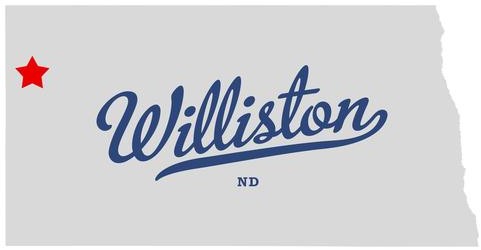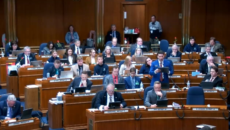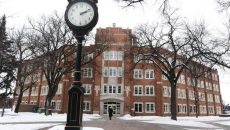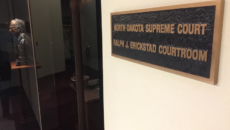Guest Post: Williston's Poor Fiscal Priorities Result In Credit Rating Downgrade

This afternoon, Bloomberg News is reporting that the credit rating agency of Standards and Poors has downgraded the credit rating of the City of Williston to a BBB+, three steps away from “junk bond status”.
The $5.8 million of debt the city sold in December for water and sewer work is a fraction of the $625 million officials say they need for roads, the airport, water supplies and other facilities to handle the Bakken oil boom. The issue, which is exempt from state taxes, included debt due in May 2019 priced to yield 1.5 percent, about 0.75 percentage point above benchmark municipal securities, data compiled by Bloomberg show.[…]Williston officials say the city has historically met its debt obligations. The downgrade occurred because S&P and members of the City Commission “don’t agree with the same level of surplus we need,” said John Kautzman, the city auditor
This story is sure to be used as another reason for the state to spend more money, and while there is certainly a need to build infrastructure to contain the economic activity that the oil boom has created, it is important to look at the decisions that local government and local voters have made when have not helped their own situation.
Last October a story ran about the new Recreation Center being built in Williston:
The city held a groundbreaking ceremony Monday to celebrate the start of construction on a $70 million recreation center. The 234,000-square-foot facility will be the largest of its kind in the state.
“It’s really big,” said Jeremy Ludlum, recreation superintendent. “You could put Walmart inside of it.”
[…]
Williston residents approved a 1-cent sales tax for the new facility, with half going to the park district and the other half going to the building project. The tax ends in 20 years or when the building is paid off, Ludlum said.
Meanwhile, according to the Bloomberg story:
Keeping pace with the growth leaves Williston officials little time to plan for the future. Immediate needs include upgrading the city’s wastewater treatment facility, which is on the verge of capacity and threatens to limit the ability to issue building permits.
“At this point, we have not had to curb any development,” said Shawn Wenko, the city’s assistant economic development director. “There’s going to be a point where we’re at capacity very shortly.”
To raise the $87 million to $100 million necessary to upgrade the plant, Wenko and the city’s auditor are pinning their hopes on legislation authored by Skarphol, the state representative. The city will be better able to respond to S&P’s concerns when this legislative session is over, said Kautzman, the auditor.
If the legislature doesn’t come through before its term ends by May 1, the commission “will have no other option but to look for added places for revenue, or we will make necessary spending changes,” he said.
So, voters in Williston voted to raise their own taxes to build a $70 million recreation center, now the city can’t come up with the credit needed to build a water treatment plant?Why wasn’t the water treatment plant the priority?
And even if the state should be putting more money into infrastructure (which it should) why are the local voters and government officials relying on the state legislature?
Measure #2 was defeated last summer on the basis of leaving control in the hands of the local, but what happens when the locals spend their money on entertainment and recreation centers rather than the essentials?
Is it the state’s job to pay for the basis needs of local communities while the local spend their money on Rec Centers that “you could put a Wal-mart inside?”
The legislature should pay for a lot of the infrastructure out west, but the local officials need to prioritize their needs and wants better, and the legislature needs to keep poor local priorities in perspective when handing out new funds.







